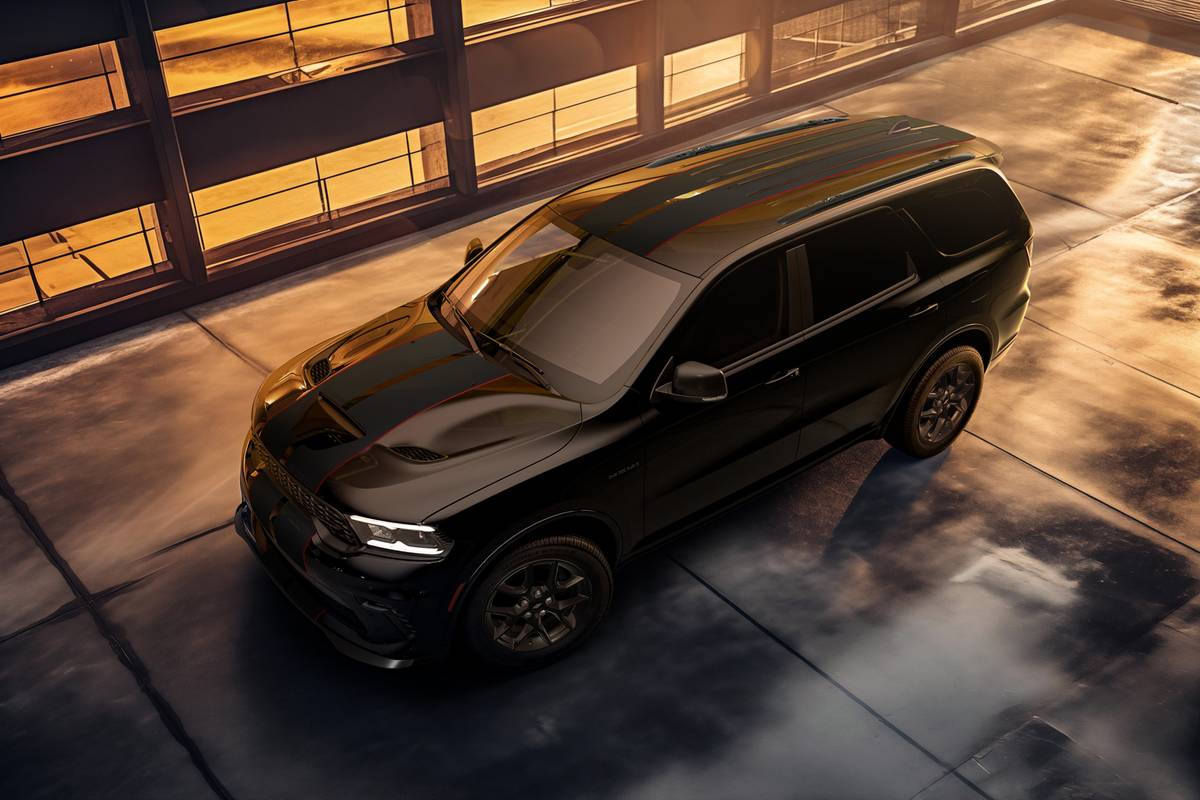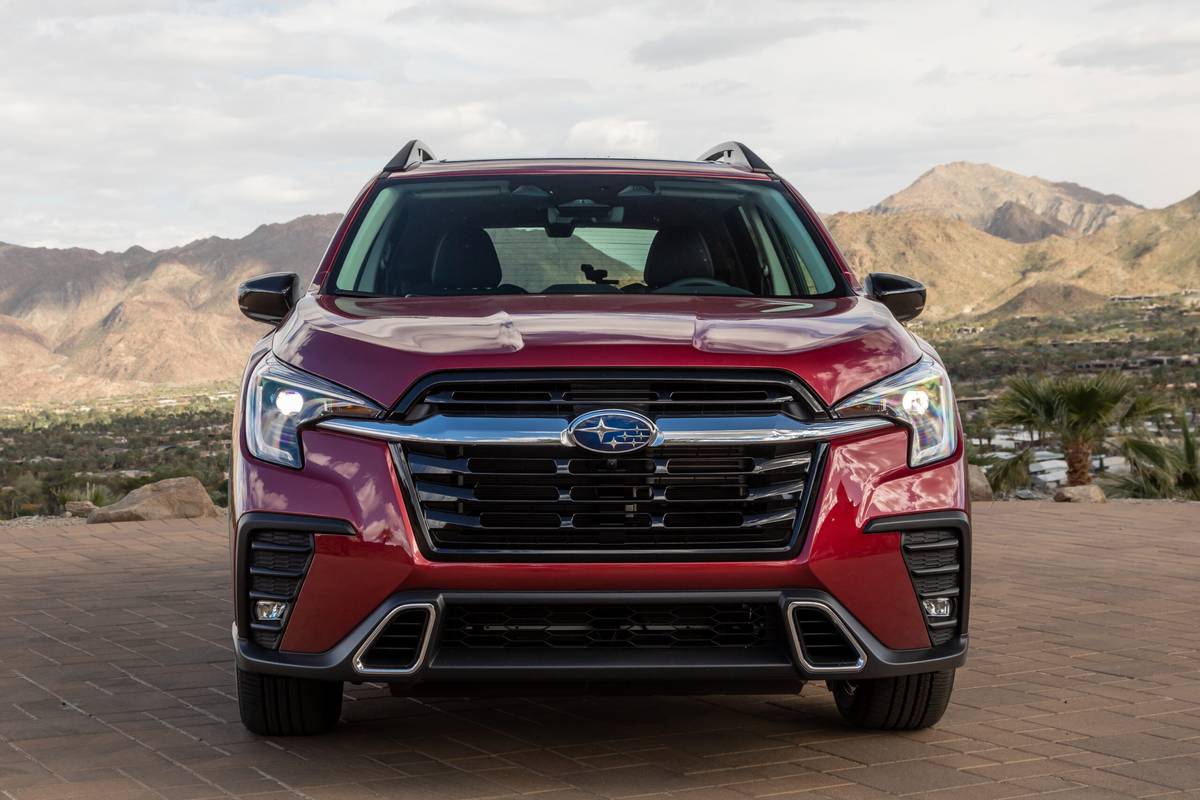IndyStar.com's view
In Europe, the Concorde flies through the air. In America, for 1998, it flies along the ground. In both cases, the name is associated with upscale transportation.
The American version is Chrysler’s 1998 Concorde, a new front-drive sedan that is more than just an evolution of the first generation model introduced in 1993. The car is a blend of elegant, efficient design that doesn’t compromise on driving agility or comfort.
First arrivals are expected at Indianapolis dealerships late next month. Kevin O’Brien, president of Tom O’Brien Chrysler-Plymouth-Jeep-Eagle, said, “We understand that the supply will be pretty skimpy in November. We won’t get many until December.”
Prices will start at around $22,500 for the LX model, and go to about $25,000 for the upstream LXi.
The sheet metal of the ’98 Concorde has that aerodynamic look of curving surfaces and flowing lines. It accentuates Chrysler’s cabin forward theme. The technological advances are highlighted by a line of 2.7-liter and 3.2-liter V-6 engines.
By anybody’s definition, the restyled new car is a pretty racy looking set of wheels. The sedan has aerodynamics equal to some of today’s best sports cars.
It also pays homage to Chrysler’s heritage. All 1998 Concordes will wear the winged Chrysler-brand medallion that appeared on company founder Walter P. Chrysler’s first automobile in 1924.
The new sedan builds on Chrysler’s successful cab-forward architecture that made the first Concorde model a landmark in four-door design. Cab-forward design pushes the wheels to the corners while moving the base of the windshield forward. This has increased the interior room and cargo space while keeping the overall exterior dimensions smaller.
Incorporated into the design are sculptured quad headlights that provide world-class illumination. A low nose and hood blend into a steeply raked windshield that in turn blends into an arched roof line.
The sophisticated integral body/chassis refinements support a new, isolated rear suspension system that gives it a superior ride as well as the hush of luxury.
Appearance alone does not a great car make. The new Concorde harbors a new, aluminum V-6 engine beneath its sloping hood. There are two versions that represent two different approaches to engine design in that one features double overhead cams, of four cams in all. The other has a single overhead cam per bank of three cylinders.
Both motors feature four-valves per cylinder technology, but the 2.7-liter (165-cubic-inch) V-6 in the LX model does more with it than the 3.2-liter (195-cubic-inch) engine in the LXi.
As a demonstration of the efficiency of dual overhead cams that act directly on the valves vs. a single cam and rocker arm valve train, the 2.7 V-6 gives away only 20-horsepower to the 3.2.
The smaller engine is rated at 200-horsepower to the 3.2’s 220-horsepower, and the 3.2 has to rev to a higher engine speed – 6,600 rpm to the 2.7’s 6,000 rpm – to get that. The bigger engine, as e xpected, does produce more torque, 222 foot-pounds to the 2.7-liter’s 188 foot-pounds.
The 220-horsepower motor is more powerful and more fuel-efficient than its current 3.5-liter predecessor. It and the smaller V-6 drive through a four-speed automatic transaxle with overdrive.
By virtue of its cab-forward design, the Concorde’s wheelbase is a moderately long 113 inches while overall length is an easy-to-handle 209.1 inches.
Packed in between those dimensions is an interior volume that is almost evenly split between front and rear. Front volume is 55.3 cubic feet. Rear is 52.3 cubic feet. And cargo volume is 18.7 cubic feet.
The ’98 Concorde continues to be available as either a five-passenger or six-passenger sedan. In five-passenger form, the front seats are bucket with a center divider.
Instrumentation is the accepted four-gauge layout of speedometer-tachometer-temperature-fuel, backed up by indicator warning lights for other functions.
Power accessories and a new world -class air conditioning system make this the most comfortable Concorde ever.
Latest news



